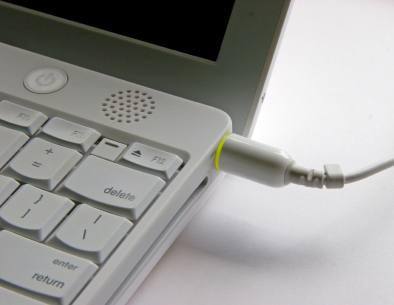Your computer registry contains information about your installations and updates. It is recommended that you clean and fix your registry regularly because it can become bloated with unused files. However, before you start emptying your registry you should back your files. If you are using Windows, follow these steps to back your registry. Continue reading for more information on how you can fix registry errors on your computer.
Back up Registry
1. Click the Start menu.
2. Click “Run.”
3. Type “ntbackup.exe” in the command.
4. Click “OK.”
Now that your files are back, you can either download an automatic cleaner or fix your registry manually. If you do not want to spend money fixing your registry, there are a handful of free programs you can download online.
Fix Registry Automatically
1. Look for a command that automatically scans and fixes your registry.
2. Quit all other programs besides the registry cleaner.
3. Run the registry cleaner. Even though it is an automatic cleaner, it is better to monitor what the program is deleting instead of blindly letting it clear your files. Many programs have a setting that allows you to approve of its suggestions before it performs them.
4. Schedule the cleaner to regularly scan your registry. If the program does not have that option, schedule reminders to run the program.
If you want total reign over deleting files, read the following steps:
Fix Registry Manually
1. Click the Start menu.
2. Click “Run.”
3. Type regedit.exe. You now have an overview of all your registry’s files.
4. Delete any files that you do not use. Some files are not clearly marked, so make sure you do some research before deleting unfamiliar files.
You can also speed up your computer by following these steps:
1. Click the Start menu.
2. Click “Run.”
3. Type regedit.
4. Find the following registry key:
HKEY_LOCAL_MACHINE> SYSTEM >CurrentControlSet>Control>Session Manager>Memory Management> PrefetchParameters
5. Change the EnablePrefetcher number from 3 to 5.
6. Restart your computer.
If you are still having problems with your registry, contact a professional to assess your situation. l can connect you with high rated IT support services in your area. Just fill out a short service request online to talk with a professional in minutes!











